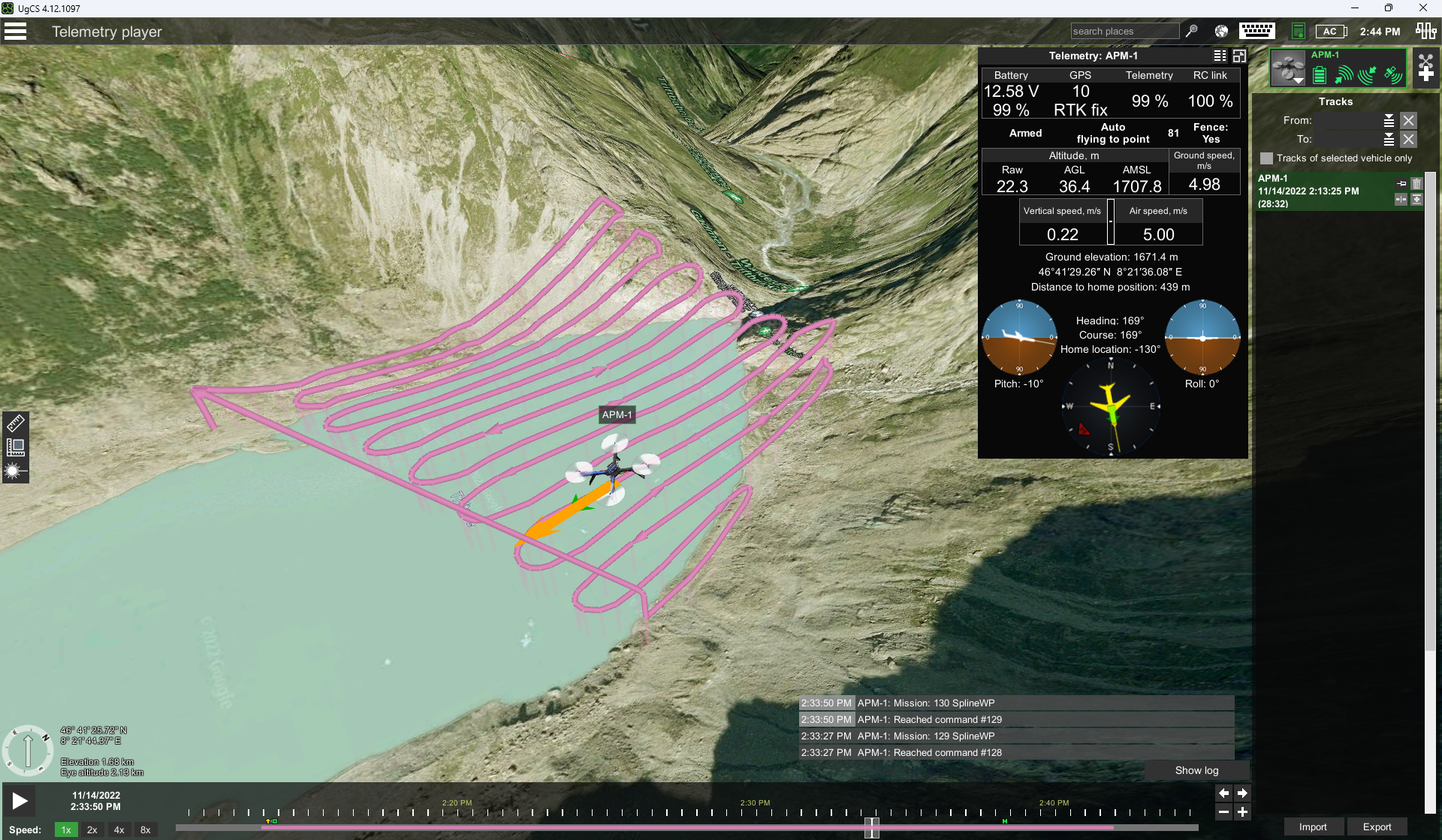Advanced Drone Integration with GPR, Echo Sounders, Magnetometers & Methane Detectors
Overview
Adrian Fowler from AlphaGeo and Ralph from SPH Engineering discussed their partnership and the integration of advanced drone payloads for geophysical surveys. The webinar covered four main sensor types: ground penetrating radars (GPR), magnetometers, methane detectors, and echo sounders. GPRs, such as the Zond Aerial 500 and 1000, offer varying depth penetration and resolution for utility mapping and research. Echo sounders, available in single and dual frequency options, are used for bathymetry and sediment monitoring. Methane detectors include a laser-based detector for leak detection and a drone-based sniffer for quantifying emissions. Sky Hub, an onboard computer, ensures data consistency and precision in airborne surveys.
Insights
Issues & Risks
GPR: Soil type affects performance, with wet soils and clay being less effective.
Echo sounder: Limited survey speed, usually up to 0.5-0.7 meters per second.
Echo sounder: Overgrown or high-current water bodies require different survey methods.
Methane detection: Ongoing task rather than one-off job, requiring constant monitoring.
Next steps
SPH engineering can be involved in more in-depth technical conversations if needed.
Outline
Introduction and Agenda Overview
Adrian Fowler introduces himself as the UK reseller of drones and payloads, focusing on SPH Engineering's payloads.
Adrian outlines the webinar agenda: introductions, main presentation on payloads, and Q&A session.
Adrian hands over to Ralph from SBH Engineering to present the main topic.
Ralph introduces himself as the Business Development Manager for Europe at SPH Engineering.
Overview of SPH Engineering and Alpha Geo Partnership
Ralph explains the partnership between SPH Engineering and Alpha Geo, focusing on drone-based integrated geophysical systems.
SPH Engineering, based in Latvia, has been developing drone technologies since 2030.
The company has four main business verticals: drone mission control software (UGCS), data processing and visualisation, drone show software, and integrated systems for airborne geophysics.
Ralph emphasises the benefits of using drones for geophysical surveys, including safety, speed, and data accuracy.
Introduction to Integrated Systems and Sensor Types
Ralph introduces the concept of integrated systems for airborne geophysics, enabling surveys in difficult terrains and environments.
The webinar will focus on four main sensor types: ground penetrating radars (GPR), magnetometers, methane detectors, and echo sounders.
Ralph encourages participants to visit the SPH Engineering website for more in-depth information and case studies.
He invites questions during the Q&A session or via email for more technical inquiries.
Unifying Component: Sky Hub
Ralph introduces Sky Hub, a key component of all integrated systems, acting as a data logger and geotagger for geophysical sensor data.
Sky Hub ensures data consistency by maintaining the system's altitude and geotagging data with GPS coordinates.
The component is crucial for maintaining high data quality in airborne surveys.
Sky Hub also ensures true terrain following by correcting the drone's flight path using an altimeter.
Ground Penetrating Radar (GPR) Overview
Ralph provides a high-level overview of GPR, explaining its ability to map the near subsurface using electromagnetic waves.
GPR is flexible and can be used for various applications, including utility mapping, pipeline detection, and research.
SPH Engineering offers three different GPR types: Zond Aerial 500, Zond Aerial LF, and Zond Aerial 1000, each with varying depth penetration and resolution.
Factors affecting the choice of GPR include soil type, depth penetration, and resolution requirements.
Echo Sounder Overview
Ralph introduces echo sounders for bathymetry, measuring the depth of water bodies and creating elevation maps.
Echo sounders can be used in inaccessible or unsafe areas, providing depth measurements and sediment level monitoring.
SPH Engineering offers three different echo sounder types: single frequency, dual frequency, and multi-frequency options.
The choice of echo sounder depends on the characteristics of the water body and the desired survey accuracy.
Methane Detection Overview
Ralph introduces methane detection sensors, including a laser-based detector and a drone-based sniffer.
The laser-based detector is used for constant surveys to detect methane leaks, while the sniffer quantifies methane emissions.
Both sensors are compatible with drone-based solutions, allowing for regular monitoring of methane leaks.
The methane detection systems are particularly useful for pipeline companies and landfill operators to mitigate emissions and comply with regulations.
Thank you to all those who attended the webinar, if you would like to watch in full, please see https://youtu.be/QGEefDA35_s
We hope the webinar was useful for those who attended and those reading the notes after the event. If you have any questions or would like any help with aerial surveys or any other ROV, UAV, Drone or other survey support, please get in touch with the AlphaGeo team who are more than happy to help.


Share:
Some of the questions we often get asked at AlphaGeo
DJI Unveils the Matrice 4 Series: A New Era for Enterprise Drones